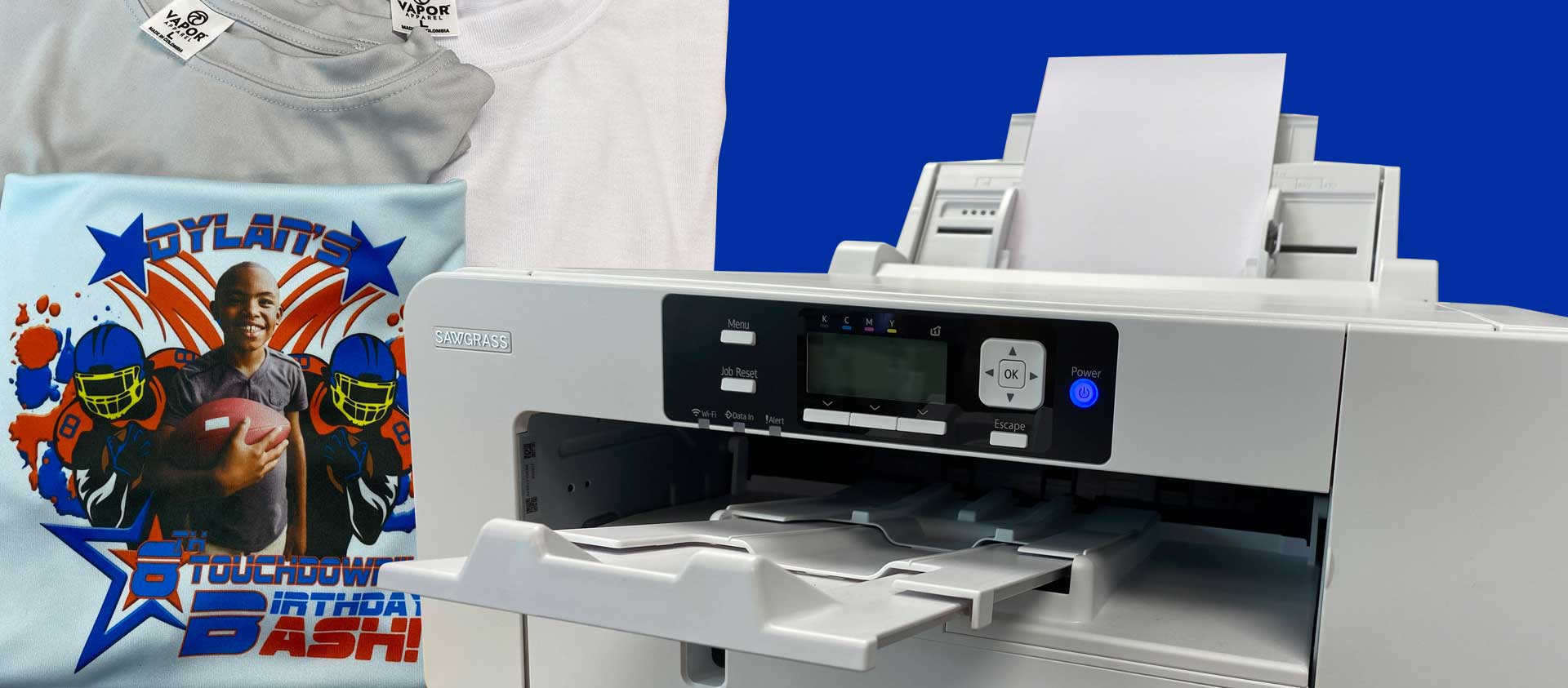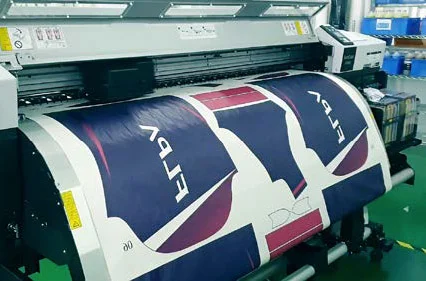Advancements in DTF Printing: Exactly How It's Revolutionizing the Market
The fabric printing industry is undergoing a substantial transformation, driven by the advanced developments in Direct-to-Film (DTF) innovation. With superior ink solutions, boosted movie and glue modern technologies, and the combination of automation, DTF printing provides vivid, durable prints on a range of textiles, fulfilling the increasing need for modification.
Innovations in DTF Modern Technology
Advancing swiftly, DTF (Direct-to-Film) printing modern technology has actually undergone significant improvements that are reinventing the fabric sector. Modern DTF printers make use of sophisticated ink formulas that result in vivid, durable prints with high resolution and color accuracy.

Additionally, innovations in movie and sticky technologies have enhanced the total application procedure. New films offer far better flexibility and bond, enhancing the resilience and washability of the published styles - screen printing. This makes sure that the prints keep their honesty and vibrancy also after multiple cleans
Lastly, ecological considerations have motivated the growth of green DTF solutions. Suppliers are significantly embracing sustainable techniques, such as making use of water-based inks and recyclable movies, straightening with global initiatives to decrease the industry's ecological impact.
Advantages Over Conventional Methods
When contrasting DTF printing to standard techniques such as screen printing and direct-to-garment (DTG) printing, several distinctive benefits emerge. Branded clothing. Among one of the most significant advantages is its adaptability in fabric compatibility. Unlike display printing, which commonly needs specific material types, DTF printing can be put on a more comprehensive array of products, consisting of cotton, polyester, and blends, without compromising print high quality
Another significant advantage is cost-effectiveness, particularly for tiny to medium-sized orders. Conventional screen printing ends up being economically sensible only at greater quantities because of the arrangement expenses entailed. On the other hand, DTF printing removes these arrangement expenses, making it more budget-friendly for smaller sized batches and one-off layouts.
Furthermore, DTF printing succeeds in toughness and washability. The prints generated are robust and preserve their honesty through several clean cycles, exceeding DTG prints that might fade or break over time. Additionally, DTF printing uses faster turn-around times. Without the need for comprehensive configuration, designs can be published and transferred in a fraction of the time required for screen printing.

Enhanced Design Capabilities
DTF printing provides improved layout abilities that set it apart from conventional printing methods. The procedure entails printing a design onto an unique movie, which is then transferred to textile.
Moreover, DTF printing supports a broad range of fabrics, consisting of cotton, polyester, blends, and also non-textile substrates. This flexibility opens doors for imaginative applications in varied industries such as style, home design, and promotional items. Unlike screen printing, which can be limiting because of color additional resources splitting up and stencil creation, DTF printing streamlines the process, making multi-color and photo-realistic layouts a lot more available.
Additionally, DTF printing masters attaining constant shade precision and vibrancy. This is vital for brand consistency and conference customer expectations. The modern technology likewise supports special click to read impacts, such as metal finishes and glow-in-the-dark elements, further broadening imaginative opportunities. In essence, DTF printing equips designers to press the boundaries of imagination, providing aesthetically stunning results that were previously unattainable.
Price and Time Performance
Among the notable advantages of DTF printing hinges on its cost and time efficiency, making it a favored option for lots of services. By removing the demand for display arrangements and extensive pre-production processes, DTF printing considerably minimizes preliminary expenses. Unlike conventional techniques that require considerable investment in screens and setup times, DTF printing enables direct application onto numerous materials with marginal prep work. This reduction in setup time equates right into faster production cycles, enabling organizations to satisfy orders a lot more swiftly.
Moreover, DTF printing succeeds in creating short runs and custom-made orders cost-effectively. The ability to generate premium prints without the need for huge volume dedications reduces waste and maximizes resource allocation. This versatility is especially useful for tiny companies and start-ups that may not have the resources to purchase large production runs.
In terms of operational effectiveness, DTF printing's streamlined workflow enhances total performance. Therefore, DTF printing stands out as a transformative solution in the printing sector.
Future Trends in DTF Printing
Anticipating future fads in DTF printing discloses a landscape marked by rapid technical advancements and raised market demand (sublimation printing). One significant trend is the assimilation of synthetic knowledge (AI) and maker knowing algorithms to maximize print quality and simplify procedures. AI-driven systems can anticipate prospective concerns and adjust setups in real-time, ensuring consistently high-grade result
In addition, innovations in sustainable products and environmentally moved here friendly inks are anticipated to acquire grip. As ecological worries become much more pressing, the sector is likely to see a change in the direction of naturally degradable and non-toxic inks, decreasing its environmental impact.
Personalization and personalization will also play a critical role. With the expanding customer demand for special, personalized items, DTF printing technologies are advancing to provide more comprehensive and elaborate personalization options. This fad is supported by boosted software program options that enable even more facility and innovative styles.
Last but not least, the assimilation of DTF printing with other digital platforms and shopping options will certainly end up being much more seamless. This connectivity will enable organizations to offer on-demand printing solutions directly to consumers, further driving growth in the industry. These fads collectively highlight a future where DTF printing not only satisfies but surpasses the developing requirements of the marketplace.
Verdict

When contrasting DTF printing to conventional approaches such as display printing and direct-to-garment (DTG) printing, several unique benefits emerge. Unlike screen printing, which usually calls for particular fabric kinds, DTF printing can be used to a more comprehensive array of materials, including cotton, polyester, and blends, without endangering print quality.
DTF printing supplies enhanced design abilities that set it apart from conventional printing techniques. Hence, DTF printing stands out as a transformative service in the printing industry.
Advancements in DTF printing significantly boost the textile printing industry by giving exceptional print performance, versatility, and high quality.